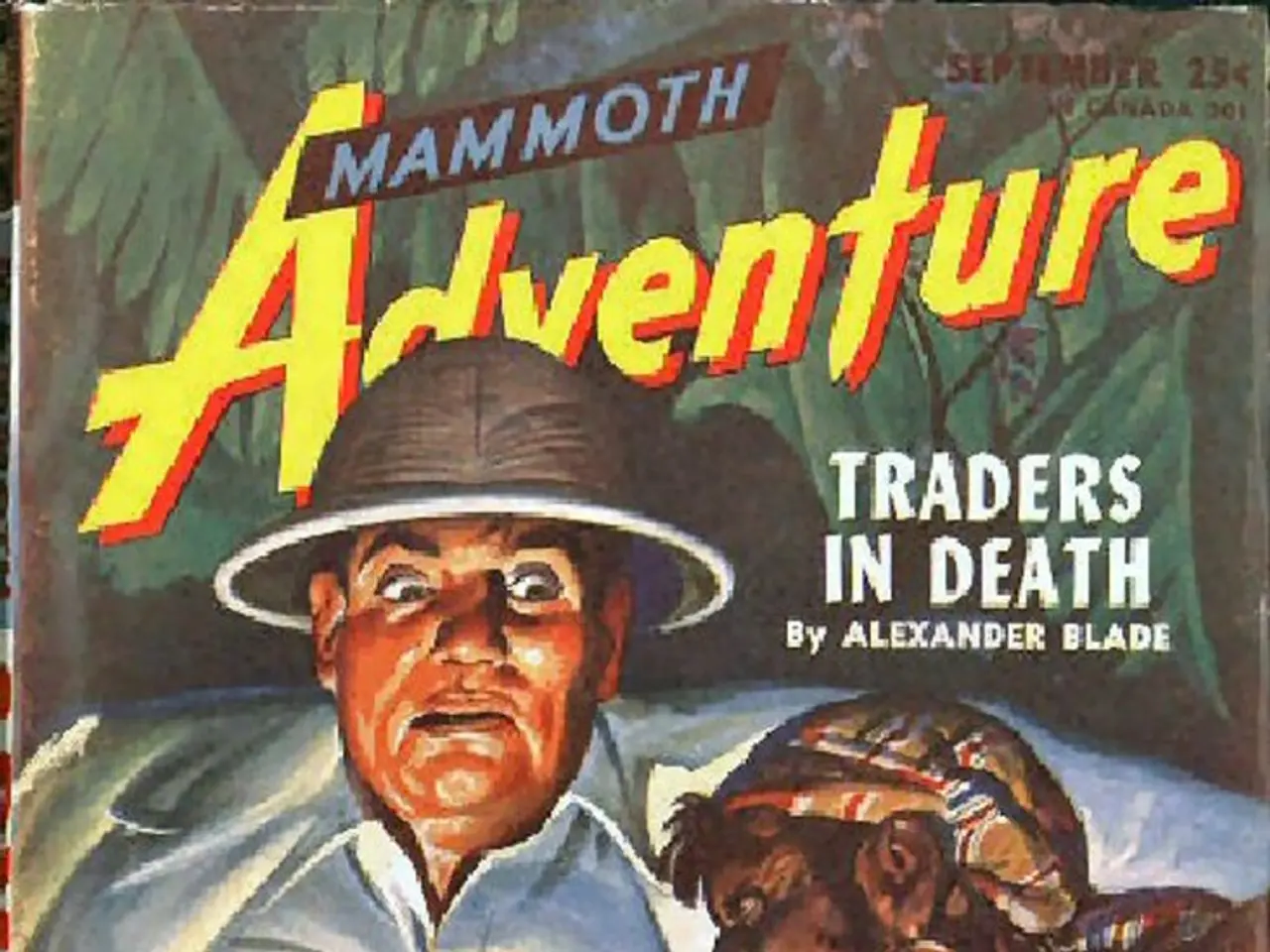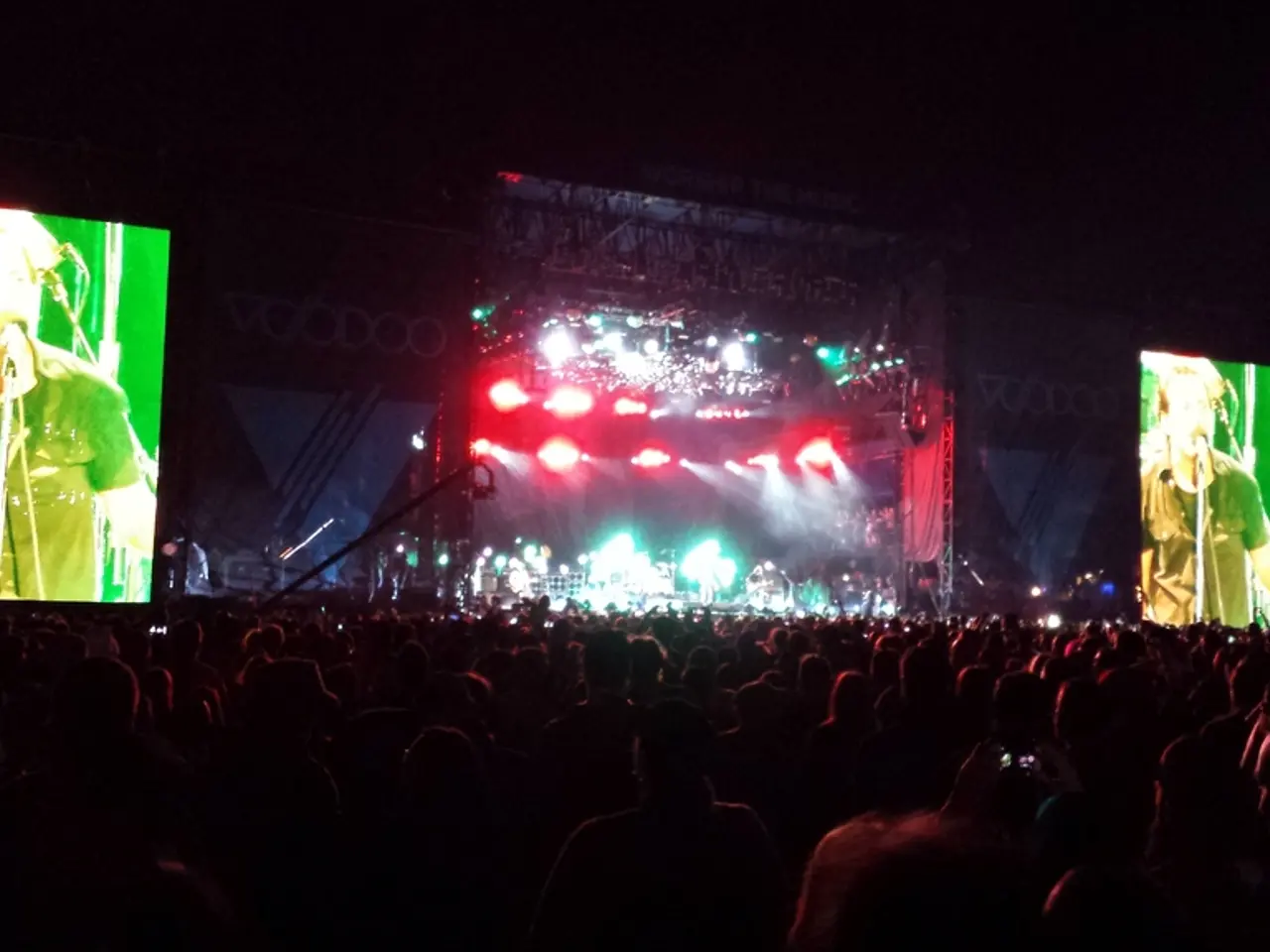Solving the Enigma of King Arthur's Age: Investigating the Age at Which He Met His Demise
The age of King Arthur, a legendary figure deeply rooted in the "Matter of Britain," remains a subject of ongoing debate among scholars. Despite numerous literary depictions of Arthur as a mature king, there is no definitive historical evidence to confirm his existence or determine his age at the time of death.
The enduring fascination with Arthur's age stems from the broader appeal of the Arthurian legends, which captivate audiences with their tales of chivalry, magic, and heroic deeds. However, these stories often obscure the truth, transforming Arthur into a legendary archetype with elements such as magical births, encounters with mythical creatures, and ambiguous circumstances surrounding his death.
Mythology plays a substantial role in this obscurity. If the dates in the Annales Cambriae are accepted as accurate, and assuming Arthur was twenty years old at the Battle of Badon in 516 AD, he would have been around forty-one at the Battle of Camlann in 537 AD. Yet, the historical contexts, analyzing battle sites, leadership structures, and socio-political dynamics of the 5th and 6th centuries CE, suggest that Arthur, whether a historical figure or a composite character, would likely have been younger than we might initially assume.
Interpretations of Arthur's lifespan vary significantly depending on the source consulted. The Arthur we know today is largely shaped by medieval romance literature, with figures like Geoffrey of Monmouth, Chrétien de Troyes, and Sir Thomas Malory significantly influencing the narrative. In Geoffrey of Monmouth's Historia Regum Britanniae, Arthur's reign is depicted as lengthy, suggesting he would have been considerably older when he faced Mordred at Camlann. On the other hand, Malory's Le Morte d'Arthur presents a more nuanced and tragic portrayal of Arthur, but does not explicitly state his age. The epic scope and numerous battles and adventures imply a life spanning several decades.
Some historians believe Arthur may have been based on a real individual, a warlord who fought against the Saxons in the 5th or 6th century. However, the debate continues on whether King Arthur was a real historical figure or a composite character drawn from various Celtic leaders and mythological figures.
In conclusion, the historical existence and age of King Arthur are subjects of ongoing debate among scholars. While the age of King Arthur at the time of his death is not consistently described across different literary sources, the question of Arthur's age becomes less about historical accuracy and more about exploring the enduring power of myth and legend, allowing individuals to project their own values and interpretations onto the figure of Arthur.
In the realm of medieval romance literature, the portrayal of Arthur's lifespan differs noticeably, with Geoffrey of Monmouth depicting a lengthy reign which might indicate a considerably older Arthur, while Malory's Le Morte d'Arthur offers a more ambiguous and nuanced portrayal of Arthur, yet refraining from explicitly stating his age.
The ongoing debate around the age of King Arthur points towards a broader interest in pop-culture, with the fascination stemming from the tales of Arthurian legends that reflect our connection to entertainment rooted in fantasy and myth.







